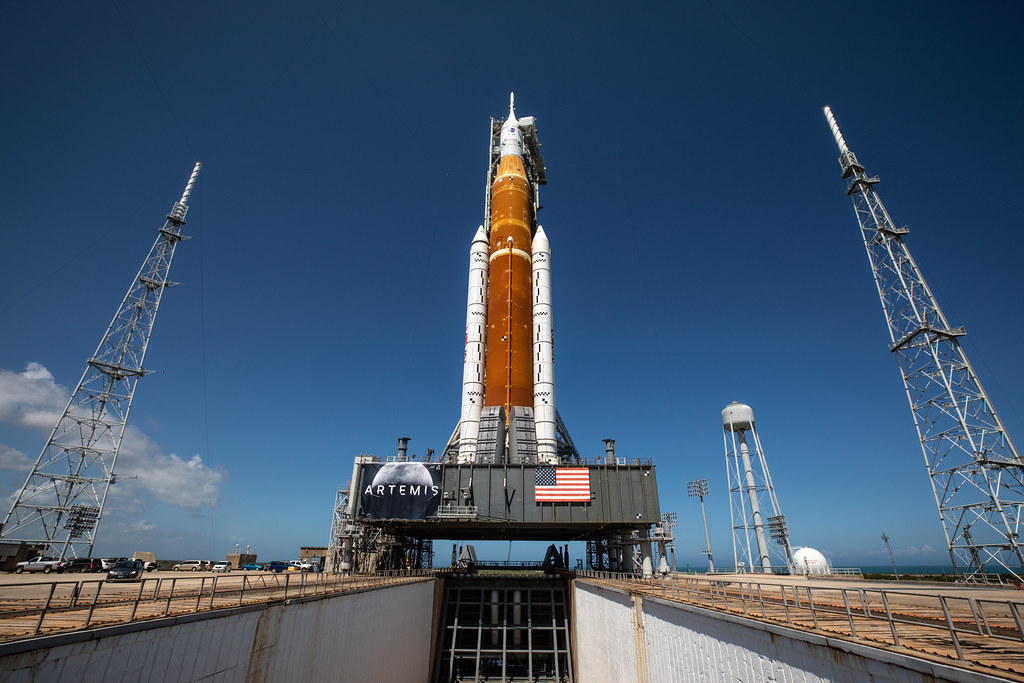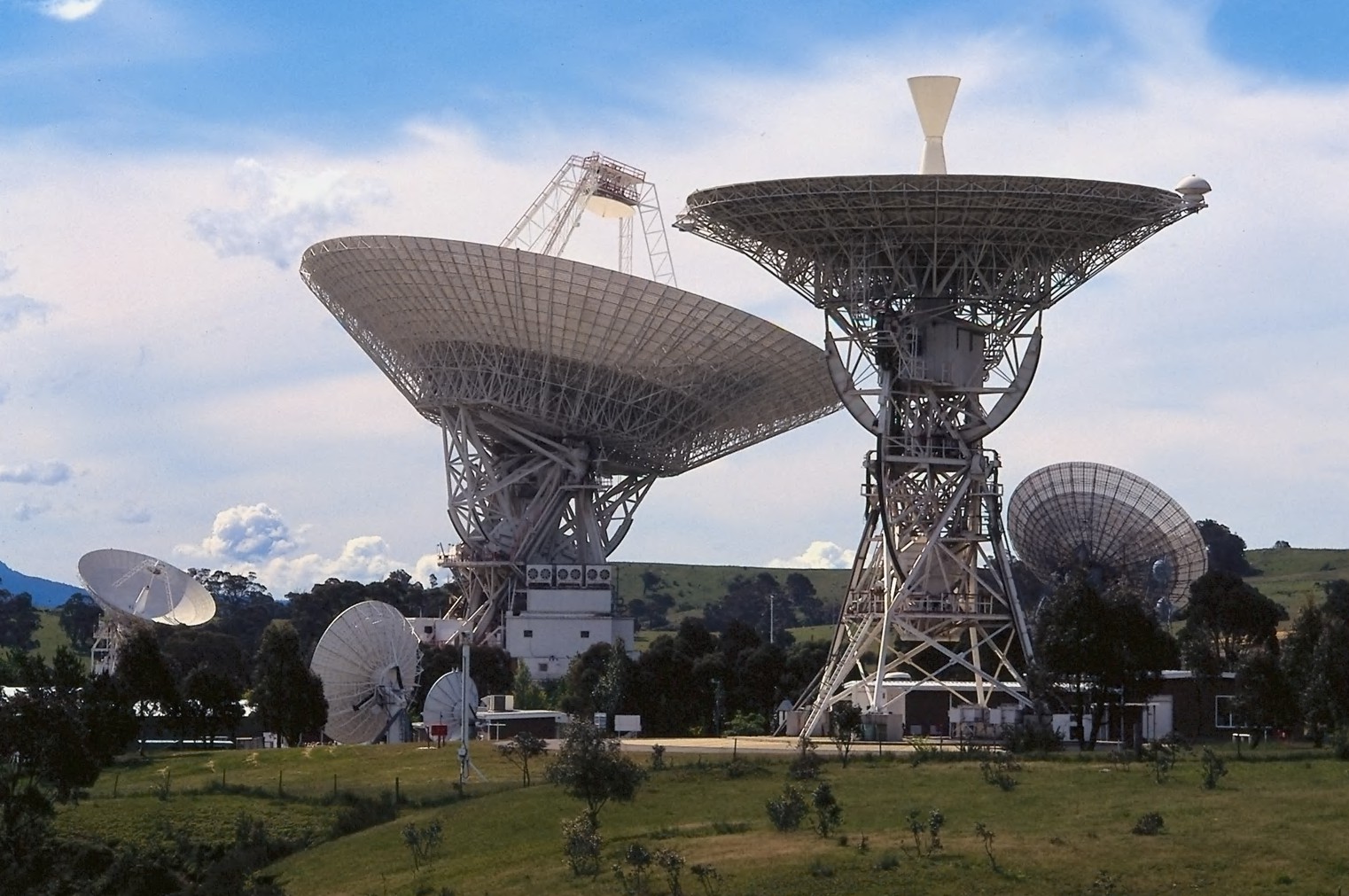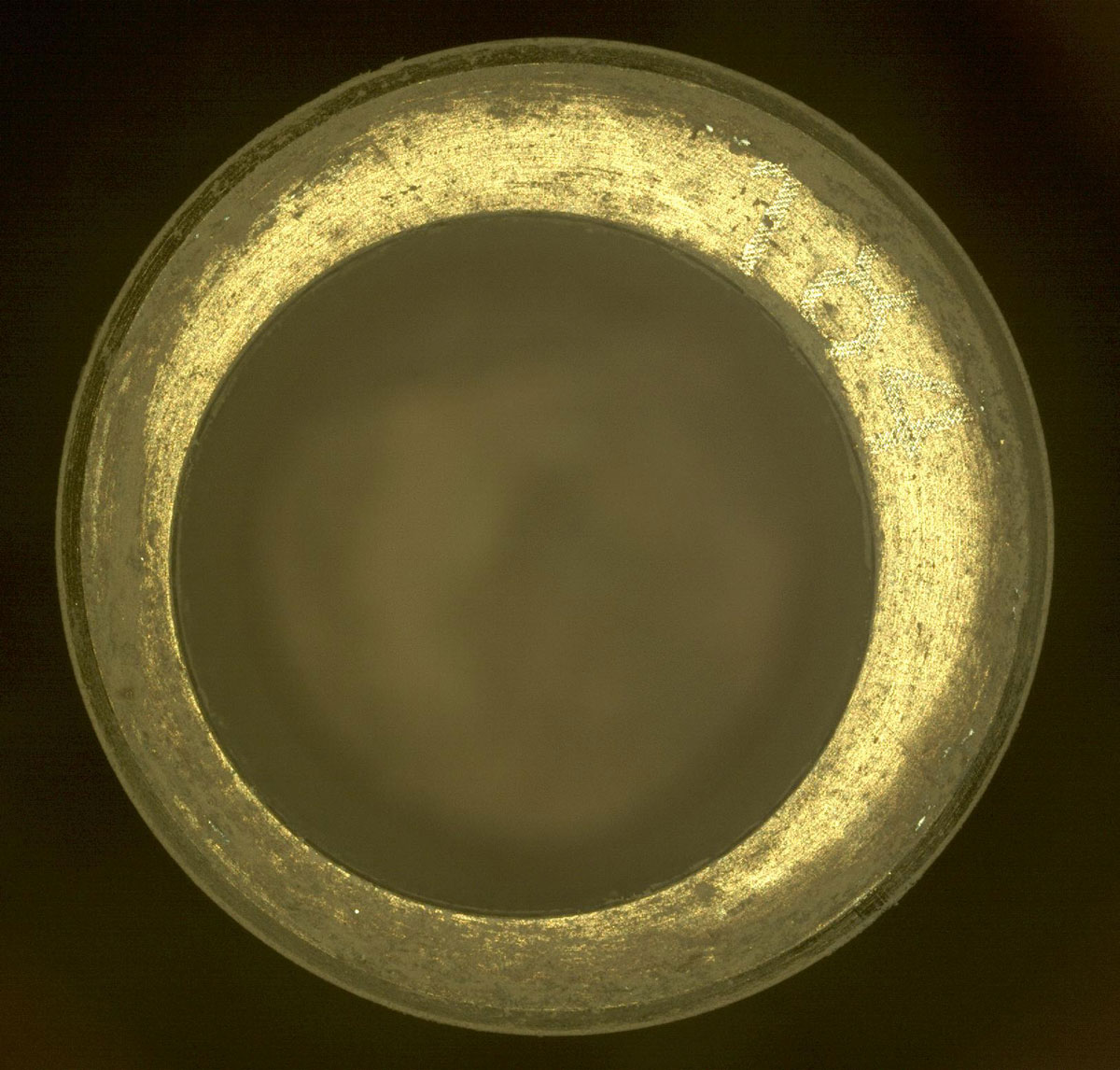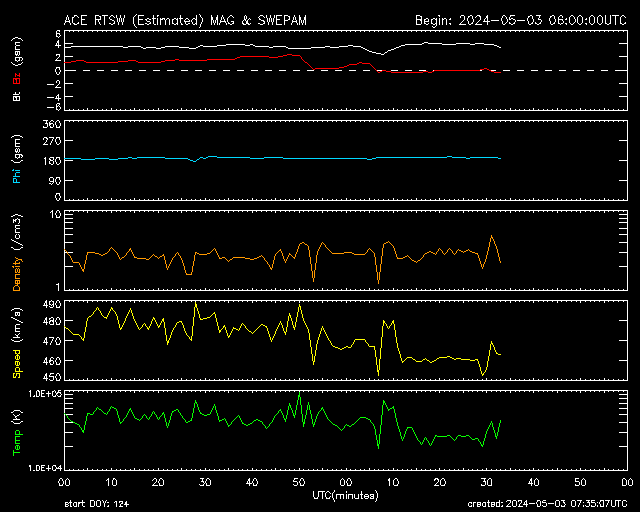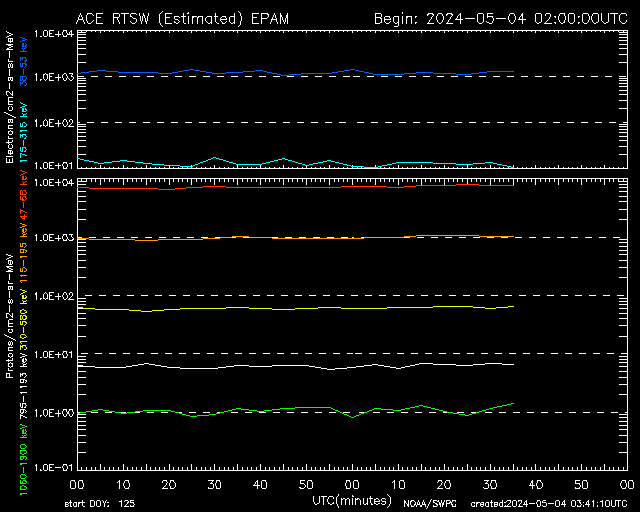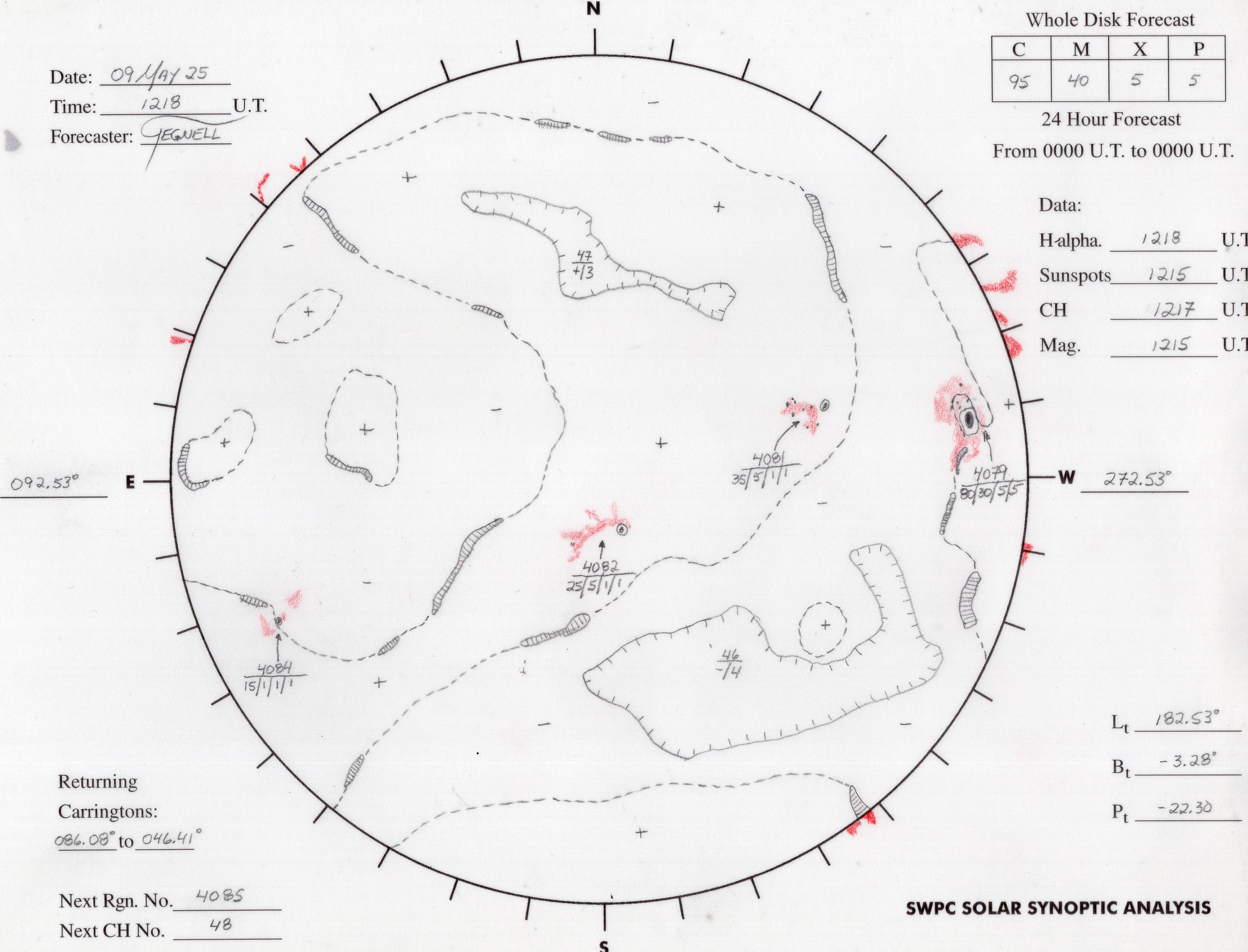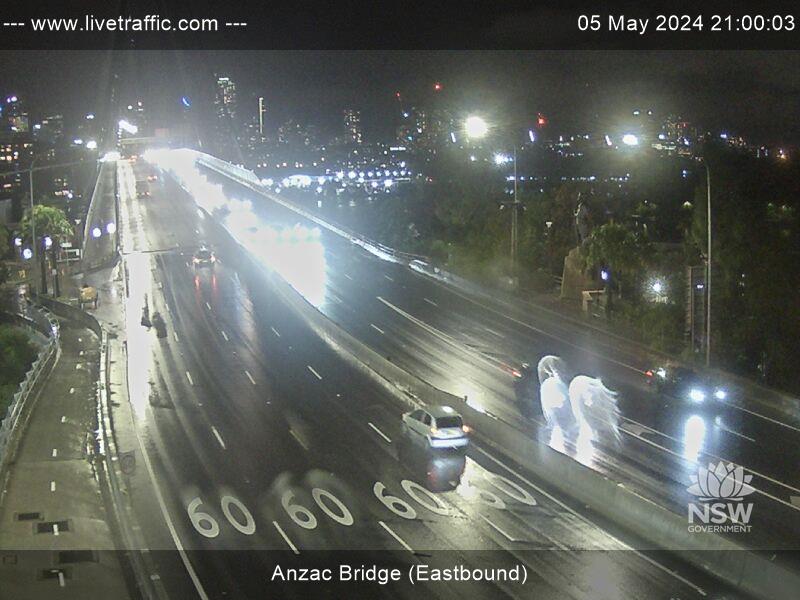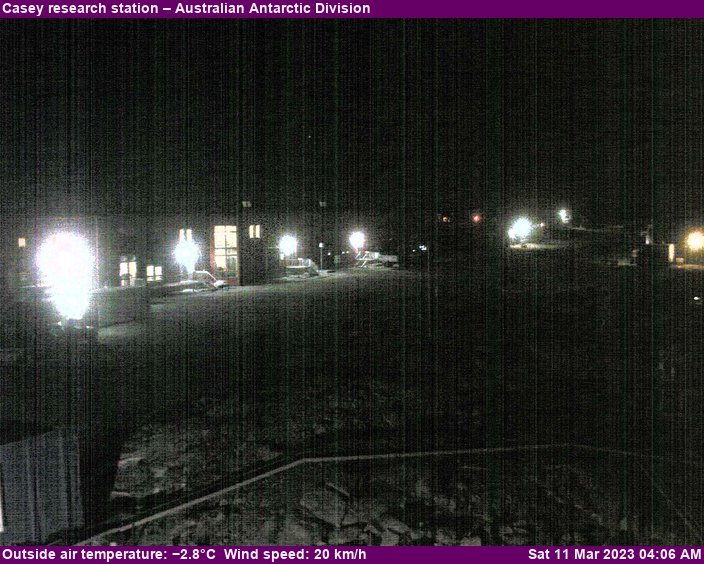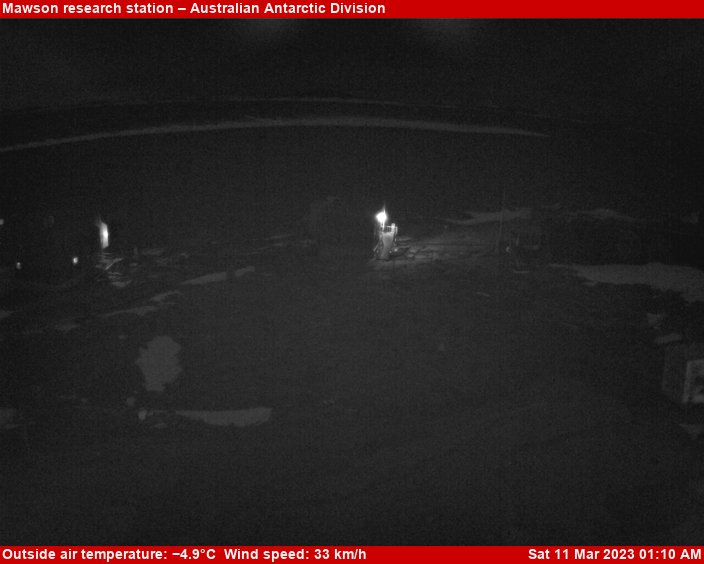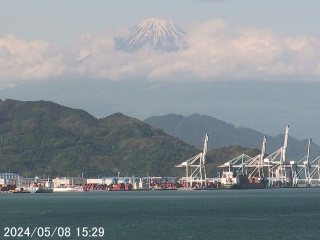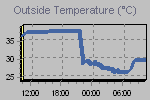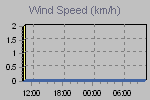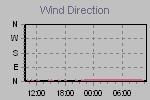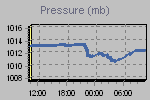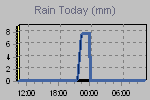The team is making progress identifying and implementing a fix that will allow a seal to cap off the rover’s latest rock sample, which was collected at the base of Jezero’s delta from an outcrop called “Amalik.” The anomaly first appeared on Oct. 5 after the successful coring of the mission’s 14th sample, called “Mageik,” when the seal assigned to cap the rock-core-filled sample tube did not release as expected from its dispenser.
The process of sealing a sample happens in the rover’s Sampling and Caching System. During sealing, a small robotic arm moves the rock-core-filled tube to one of seven dispensers and presses its open end against a waiting seal. On the 17 previous occasions when a sample tube had been sealed during the mission, the seal was pressed fully into the tube. (The rover has taken 14 rock-core samples, two atmospheric samples, and one “witness” sample.) That allowed the seal to be extracted from the dispenser and the arm to move the seal-tube combination to a different station where they are pressed together, creating a hermetic seal. However, when the sample handling system attempted to dispense a seal in the tube of the Mageik sample, the seal encountered too much resistance and did not come free. The sampling system automatically detected the lack of seal and stored the unsealed tube safely so the tube and sample hardware remain in a stable configuration.
One of the possible causes of the seal’s nondeployment may be that Martian dust adhered to a location on the tube’s interior surface where the dust could impede successful coupling and extraction. To ensure a hermetic seal, the tolerances between tube and seal are, by necessity, extremely small: 0.00008 inches (0.002 mm). The rover’s CacheCam captured images showing light deposits of dust on the tube’s lip, but the camera’s imaging capabilities along the tube’s inner surface are quite limited.
To test the hypothesis that dust was impeding progress, the rover’s engineering team employed (for the first time during the mission) the Sampling and Caching System’s Bore Sweeping Tool. The tool is designed to clean the inner surface near the tube’s opening and also move the collected rock sample further down into the tube. Data collected after multiple uses of the tool indicates it pushed at least some of dust that was lining the inner periphery deeper into the sample tube, and as a result the amount of force required to insert the seal into the tube during additional sealing attempts was diminished.
To date, 19 Bore Sweeping Tool operations have been performed, and a total of three attempts to bring tube and seal together. And, while further progress has been documented, the seal has yet to release from its dispenser.
As with previous unexpected challenges - no sample in tube, pebbles in bit carousel, etc. - we’re going to take this slow, review the data and then proceed. But in the meantime, as Perseverance’s overall status remains healthy and stable, we’re also going to continue our explorations of Jezero. To that end, the mission team has decided to drive further north and explore an area called “Yori Pass.”
Written by Rick Welch, Deputy Project Manager at NASA's Jet Propulsion Laboratory

